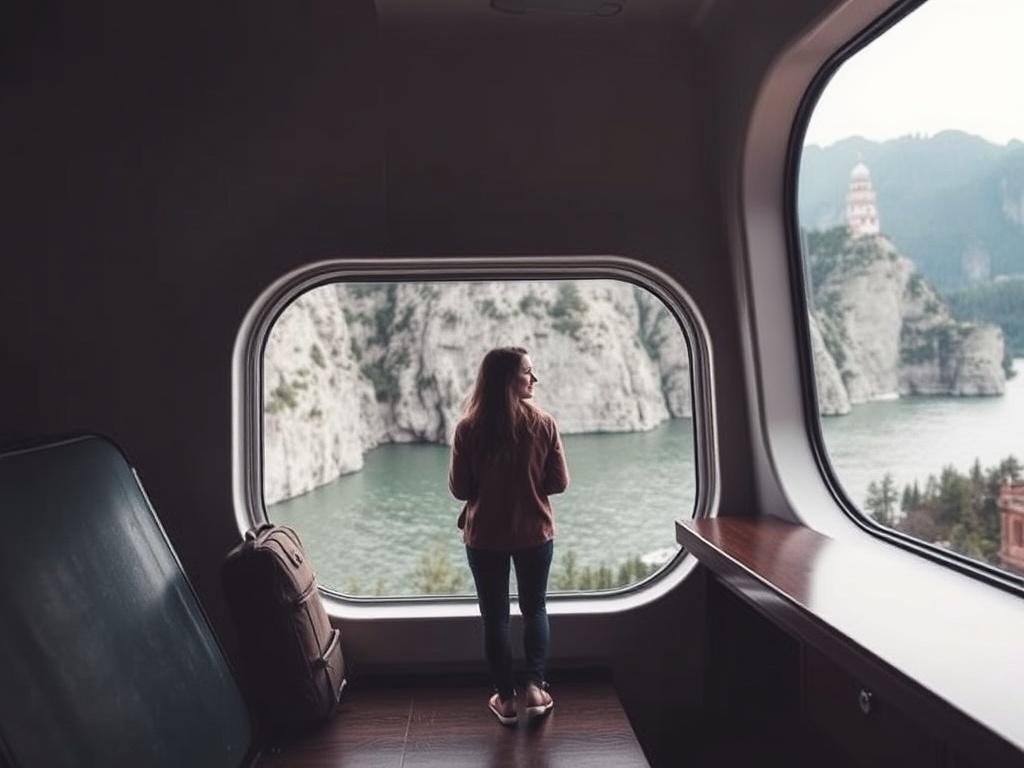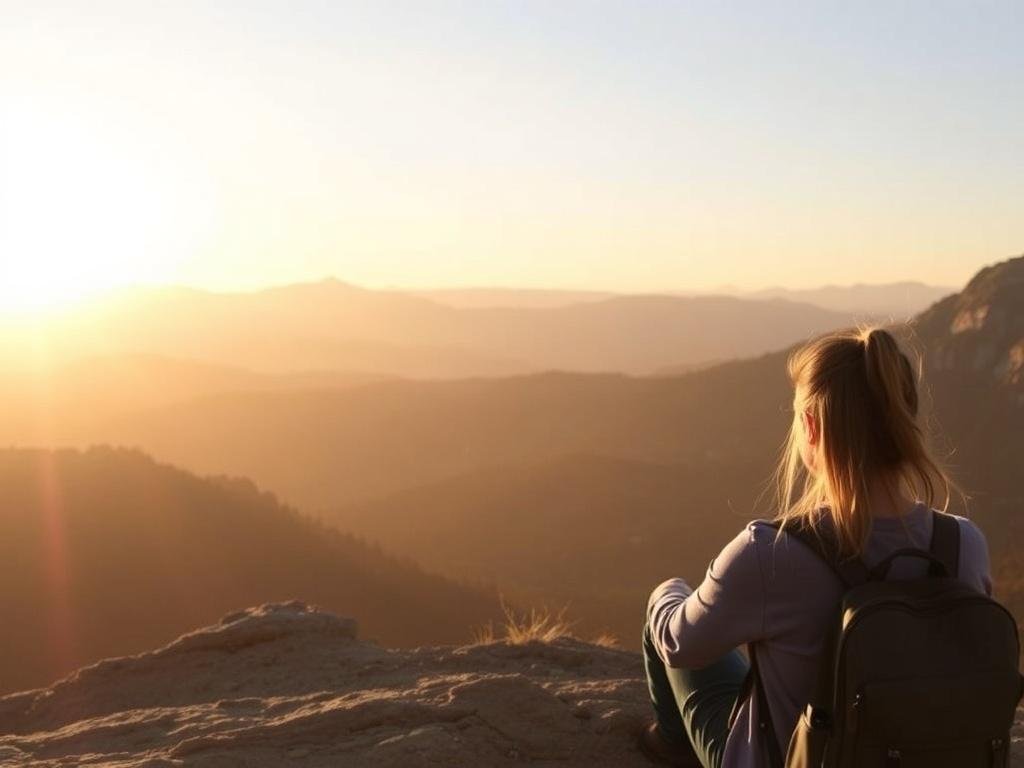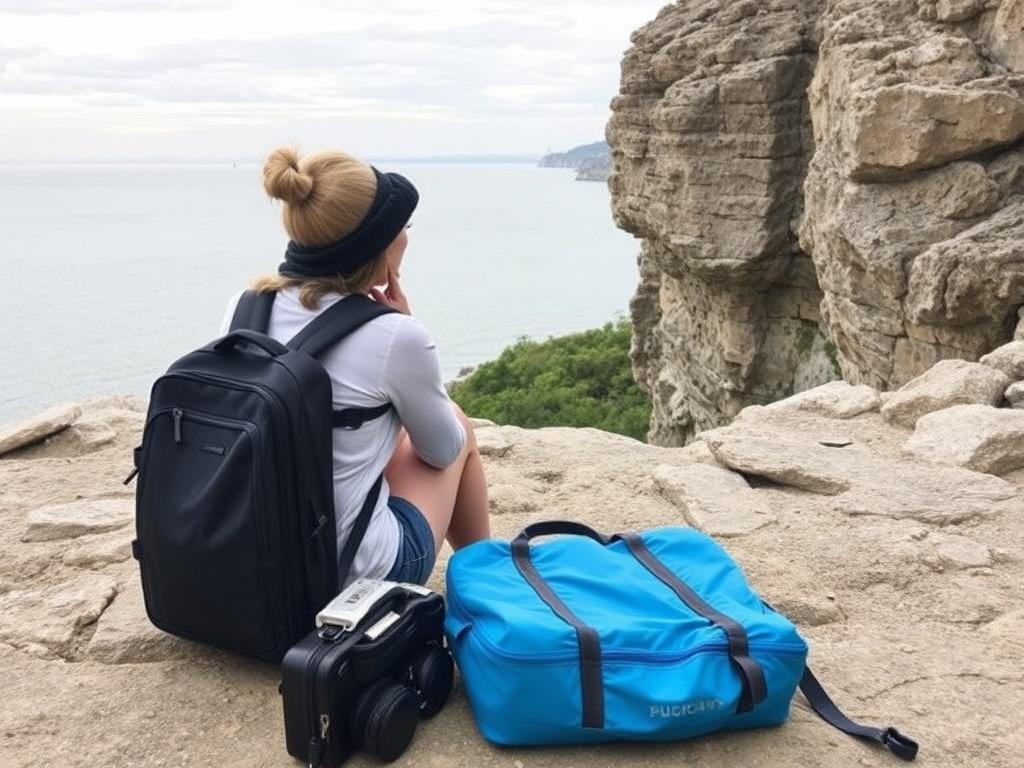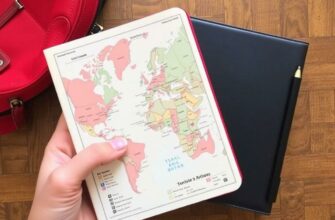Traveling solo is an exciting adventure—freedom at your fingertips, a chance to explore new places on your own terms, and an opportunity for self-discovery. But as thrilling as solo travel is, it can also become overwhelming if you carry too much baggage, both literally and figuratively. Knowing what to leave behind when traveling solo can make your journey smoother, safer, and more enjoyable. Packing light doesn’t just mean fewer clothes—it means leaving behind unnecessary worries, bad habits, and even some of your comfort zones.
In this article, we will take you step-by-step through the essentials of what to leave behind when traveling solo. We’ll cover practical tips on decluttering your luggage, mental baggage, and common mistakes solo travelers make. By the time you finish reading, you’ll know how to prepare light, stay confident, and truly embrace the freedom that solo travel offers.
Why Leaving Things Behind Matters When Traveling Solo
When you travel alone, everything you carry impacts your experience. Unlike group travel, where responsibilities and load can be shared, solo travelers must manage everything on their own. Excess baggage can slow you down, make navigating crowded airports or public transportation more difficult, and increase your anxiety.
Beyond physical luggage, solo travel presents mental challenges. Self-doubt, overplanning, or the fear of missing out can weigh heavily on a traveler’s mind. Learning what to leave behind can free your hands, your back, and your mind—helping you stay present, flexible, and adventurous.
The Physical Weight: What Not to Pack
Knowing exactly what to leave behind when traveling solo starts with your suitcase. Overpacking is the most common trap for travelers. It’s tempting to pack “just in case” items, favorite shoes, or too many accessories. But carrying unnecessary items can turn your trip into a hassle.
Here’s a simple checklist of common items solo travelers often bring but might consider leaving behind:
- Excessive clothing: more than 5-7 outfit changes
- Multiple pairs of shoes that serve similar functions
- Heavy books or bulky electronics (consider e-readers and compact gadgets)
- Unnecessary toiletries (most hotels or hostels provide basics)
- Valuable jewelry or flashy accessories that attract attention
- Hard-copy maps or travel guides (use apps on your phone)
- Multiple credit cards or large amounts of cash
- Bulky cameras when smartphones suffice
- Non-essential kitchen tools or travel gadgets
Most solo travelers find that leaving these behind not only frees up space but also minimizes worry about losing or damaging valuable items.
Mental Baggage: Thoughts and Habits to Leave Behind
Solo travel is as much a mental journey as it is a physical one. To enjoy your trip fully, it’s important to identify and let go of mental baggage that can hold you back.
- Fear of loneliness: Many first-time solo travelers worry about feeling isolated, but leaving this fear behind opens you up to new friendships and self-reflection.
- Overplanning: Rigid schedules can limit your spontaneity. Instead, keep a loose plan and embrace the unexpected.
- Worrying about safety excessively: While caution is critical, constant fear limits your experience. Learn basic safety tips, but trust your instincts.
- Need for approval: Solo travel means making your own choices. Leave behind the urge to ask others for permission or approval.
- Your comfort zone: Challenging yourself is key. Let go of comfort and routine to discover new aspects of yourself.
Practical Tips: Essentials to Bring and What to Exclude
Packing light doesn’t mean you should sacrifice essentials. It’s about prioritizing what truly matters and avoiding unnecessary items. Use this table to evaluate your packing list:
| Category | Bring | Leave Behind |
|---|---|---|
| Clothing | Multi-purpose clothes, quick-dry fabrics, a jacket for layering | Outfits for every occasion, heavy sweaters, multiple shoes |
| Technology | Smartphone with chargers, e-reader/tablet, power bank | Laptops if not necessary, bulky cameras, excess cables |
| Documents | Passport, ID, printed reservation, emergency contacts | Multiple photocopies, unnecessary membership cards |
| Toiletries | Basic travel sizes, multi-purpose products | Full-size bottles, specialty beauty products |
| Money | One or two cards, small amount of cash | Excess credit cards, large cash sums |
How to Let Go of ‘What-Ifs’ and Overthinking
One of the biggest mental weights solo travelers carry is the “what-if” scenarios—what if I get lost, what if I don’t make friends, what if something goes wrong? These worries are natural but can cripple your spirit if left unchecked.
Start by adopting a mindset of curiosity instead of fear. Imagine the possibilities instead of problems. Practice deep breathing, journaling, or meditation to calm racing thoughts. When you doubt, remind yourself of your strengths and resilience. Remember, mistakes or unexpected situations lead to growth and stories worth telling.
Leaving Behind Negative Self-Talk
Negative self-talk is a harmful mental habit to leave behind before your solo trip. If you often think, “I can’t do this,” or “I’m not adventurous enough,” challenge these thoughts. Replace them with positive affirmations like, “I am capable,” or “I will enjoy every moment.” This mental shift empowers you to embrace your solo journey confidently.
How to Avoid Carrying Emotional Baggage
Emotional baggage from past relationships, work stress, or personal troubles can weigh heavily when you travel alone. While it’s impossible to leave everything behind, solo travel is the perfect opportunity to unpack some of those burdens.
Before your trip, try these strategies:
- Journal your feelings: Writing down your emotions can offer clarity and relief.
- Set intentions: Define what you want to gain emotionally from your journey.
- Practice mindfulness: Stay present and avoid dwelling on the past.
- Seek support: Connect with friends or a counselor before you go.
This mental preparation lets you travel lighter inside and outside.
What to Leave Behind in Social Media and Digital Distractions

In the digital age, traveling solo often means juggling the urge to document every moment versus living it fully. Leaving behind certain digital distractions can make your solo adventure richer.
Resist Over-Sharing
While sharing your travel experiences on social media can be fun and inspiring, over-sharing can distract you and sometimes compromise your safety. Avoid posting your real-time location publicly or sharing detailed plans. Instead, focus on immersive experiences first.
Limit Screen Time
Constantly checking phones or engaging with digital content can pull you away from connecting with your surroundings or local people. Set boundaries for phone use and turn off unnecessary notifications. Allow yourself time to travel “offline” and appreciate solitude.
Leaving Behind Assumptions and Cultural Biases
Traveling solo is a powerful way to break down preconceived notions about other people and places. To maximize this opportunity, it’s important to leave behind assumptions and cultural biases.
Approach every interaction with an open heart and mind, ready to learn rather than judge. This attitude creates richer experiences and fosters more meaningful connections with locals and fellow travelers.
Checklist: What to Leave Behind When Traveling Solo
To help you visualize and remember, here is a holistic checklist of what to leave behind:
- Excess luggage and non-essential items
- Fear of loneliness and self-doubt
- Unrealistic itineraries and over-planning
- Negative self-talk and limiting beliefs
- Emotional baggage and past regrets
- Distractions from social media
- Unnecessary valuables or flashy items
- Assumptions and cultural biases
- Safety paranoia—replace with awareness
- Dependence on comfort zones or routines
Expert Tips: How to Keep Your Travel Experience Light

Seasoned solo travelers practice habits that prevent overload and help them stay flexible:
- Pack versatile clothing: Choose items that mix and match and suit multiple climates.
- Download offline maps and guides: Avoid carrying bulky books.
- Use packing cubes: These help organize and compress your items for easy access.
- Practice mindful budgeting: Carry only what you need and keep backup cards safe.
- Engage with locals: This builds your confidence and reduces loneliness.
- Set daily goals instead of rigid plans: Allow room for spontaneity.
- Stay in social accommodations if desired: Hostels or guesthouses often create opportunities for meeting others.
Final Thoughts on What to Leave Behind When Traveling Solo

Traveling solo is a unique gift to yourself, an opportunity to grow, learn, and enjoy unparalleled freedom. But this freedom is best unlocked by leaving behind what no longer serves you. Whether it’s heavy luggage, anxious thoughts, or old habits, choosing to travel light—physically and mentally—allows you to truly live in the moment and embrace the unexpected.
By reflecting on what to leave behind when traveling solo, you set the stage for a stress-free, enriching journey. Your solo travel experience becomes not just about reaching a destination but about discovering yourself along the way.
Conclusion
Solo travel is as much about shedding as it is about exploring—leaving behind the clutter, doubts, and distractions that block your path makes room for adventure and growth. By carefully deciding what to leave behind when traveling solo, you make your journey lighter, freer, and richer. Travel with an open heart, pack only what you need, and embrace the unknown with confidence. This approach transforms solo travel from a simple trip into a memorable, life-changing experience that nurtures your independence and awakens a deeper sense of self. So, pack smart, leave the unnecessary behind, and step boldly into your next solo adventure!









